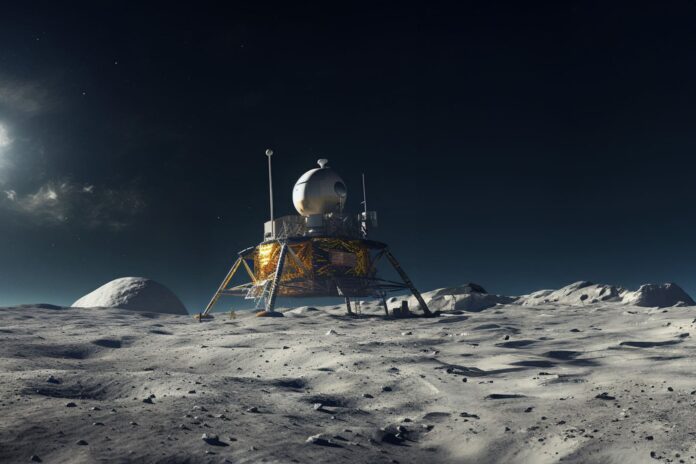The ISRO‘s Chandrayaan-3 mission’s Vikram lander touched down on the Moon’s south pole on August 23, 2023. A large amount of lunar surficial material was expelled upon landing, resulting in the formation of an ‘ejecta halo,’ or brilliant patch, around the lander.
Much of the lunar surficial epiregolith was discharged during the descent stage thruster operation and the following landing.
Scientists examined the Chandrayaan-2 orbiter’s Orbiter High-Resolution Camera (OHRC) pre- and post-landing high-resolution panchromatic pictures. After that, they characterized this “ejecta halo,” observing that it resembles an irregular bright patch that envelops the lander.
The Vikram lander’s landing caused the displacement of lunar epiregolith ejecta, estimated to have covered around 108.4 m2 of area, based on the mapped and classified uncorrelated ‘ejecta halo’ pixels. What’s more, it is estimated using empirical relations that 2.06 tonnes of lunar material were ejected due to the landing event.
Journal Reference:
- Singh, S., Chauhan, P., Roy, P. et al. Characterisation of Ejecta Halo on the Lunar Surface Around Chandrayaan-3 Vikram Lander Using OHRC Imagery. J Indian Soc Remote Sens 51, 1919–1922 (2023). DOI: 10.1007/s12524-023-01774-1
